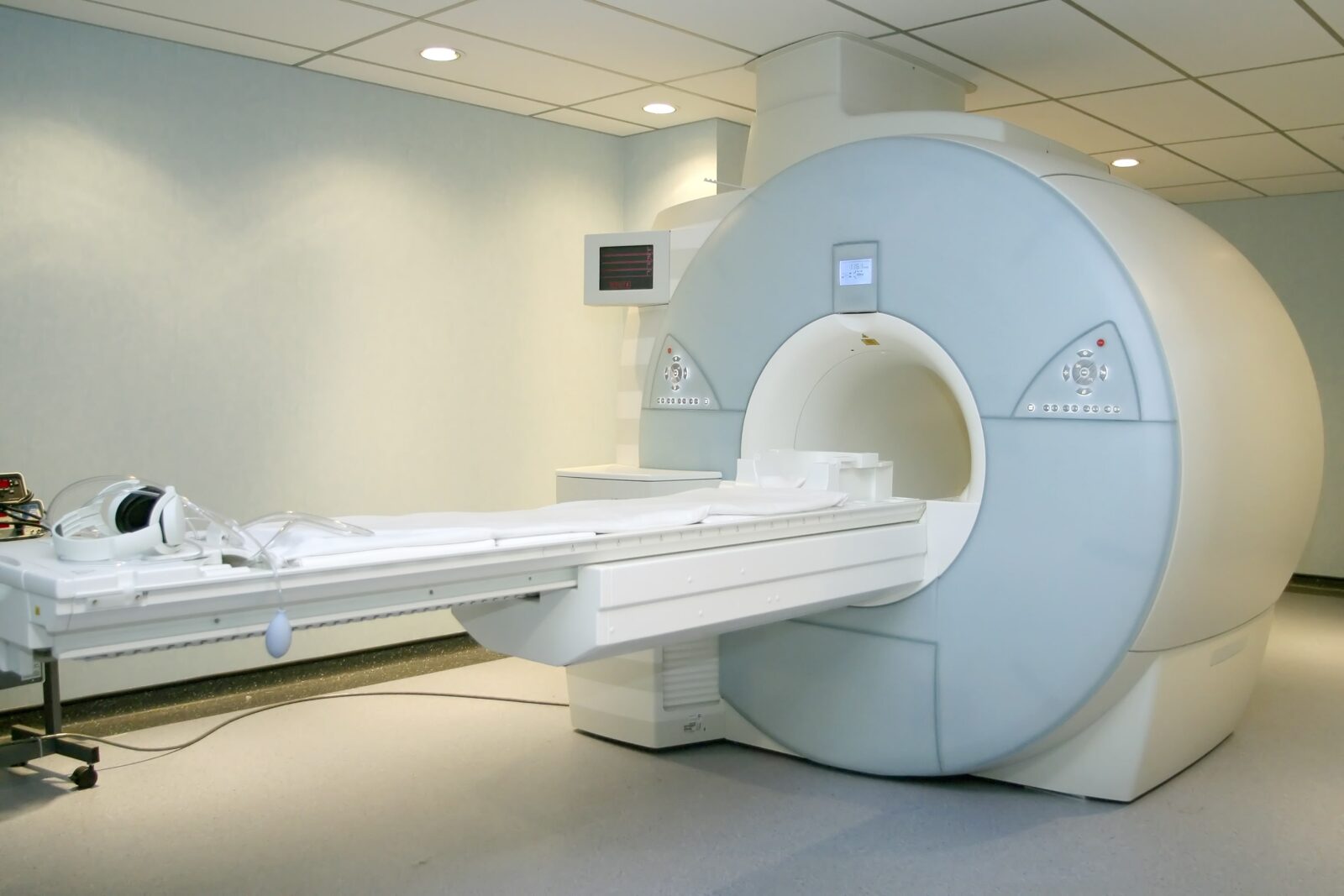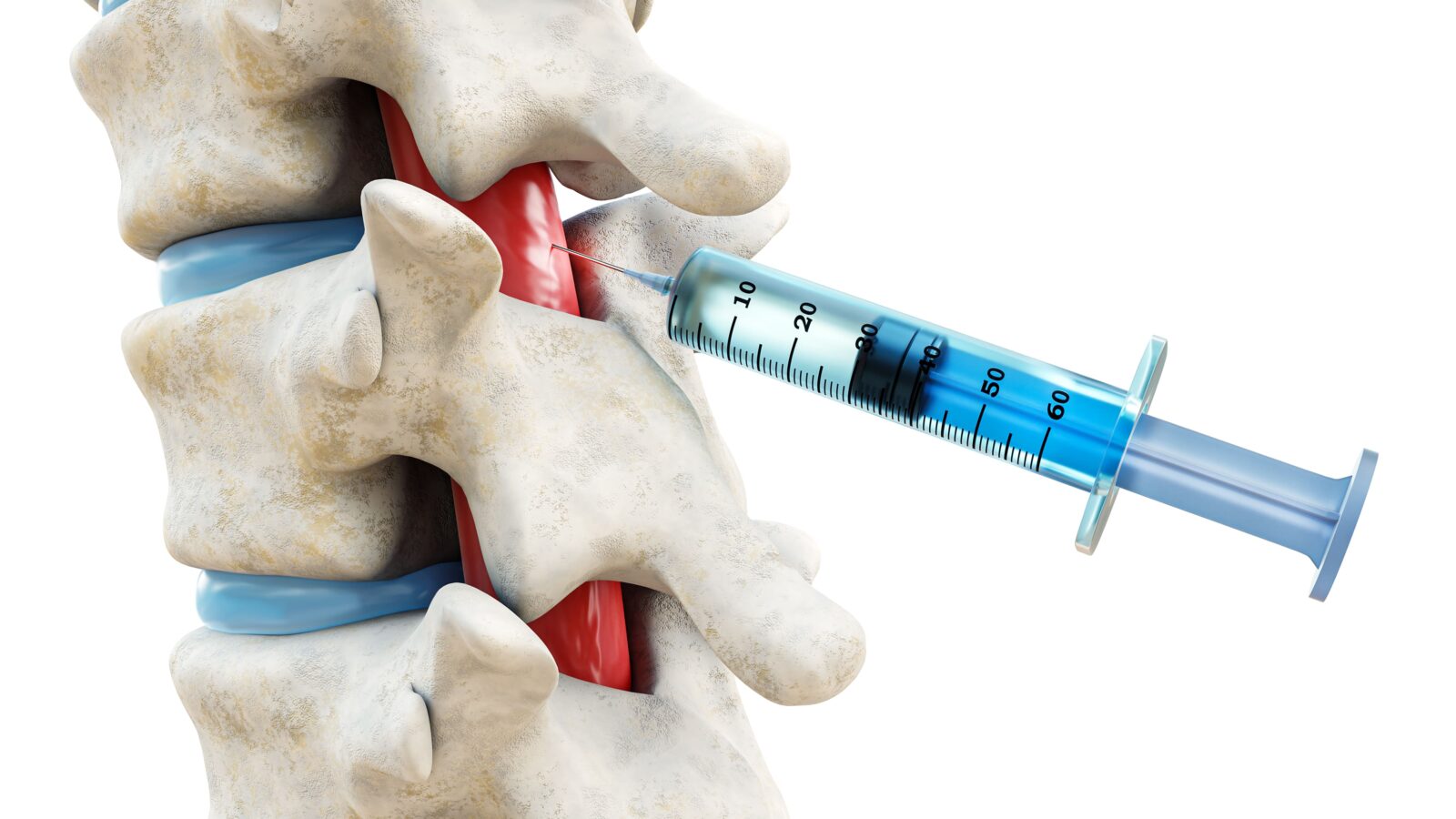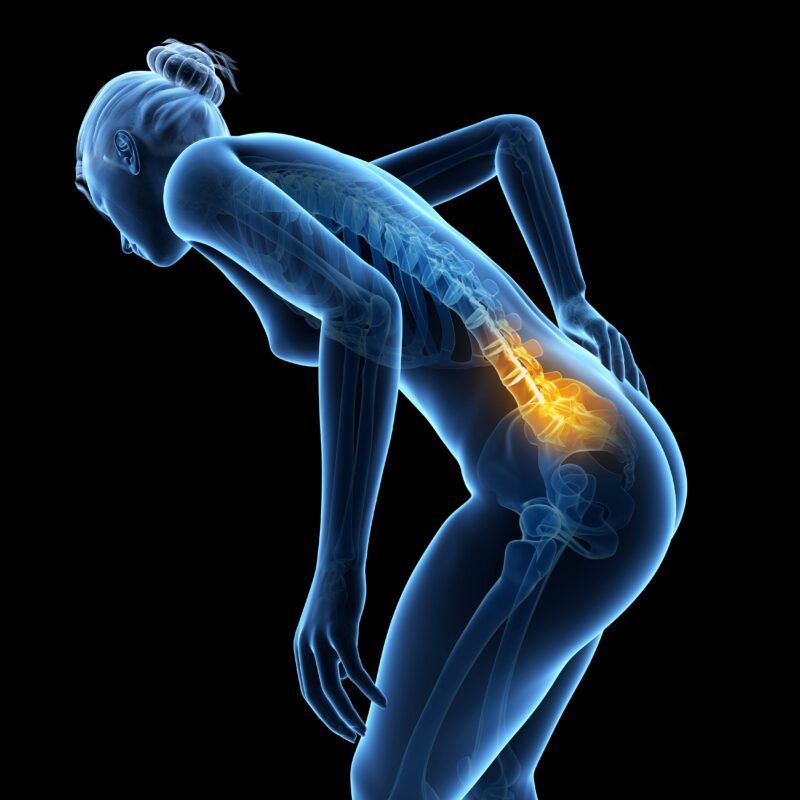Chronic spinal pain, a condition that plagues countless individuals globally, profoundly affects one’s daily life and well-being. Navigating the complexities of this persistent ailment, which can stem from various spinal issues like herniated discs, arthritis, and spinal stenosis, necessitates a comprehensive and informed approach. This guide delves into the intricacies of managing chronic spinal pain, offering a detailed exploration of its causes, diagnostic processes, and a spectrum of treatment options. Aimed at enhancing understanding and providing practical solutions, this comprehensive guide serves as a beacon for those seeking to alleviate their spinal pain and improve their quality of life.
In This Blog:
- Understanding Chronic Pain
- Diagnosis and Assessment
- Medical Treatments
- Lifestyle Modifications
- Pain Management Strategies
Understanding Chronic Spinal Pain
Chronic spinal pain is not just a symptom but often a condition in its own right, resulting from various factors that affect the spine’s health and functionality. To manage it effectively, a deep understanding of the spine’s anatomy and the common causes of pain is essential.
Anatomy of the Spine
The spine, a complex structure central to the human body, provides support and flexibility. It is composed of vertebrae (small bones stacked on top of each other), intervertebral discs (which act as cushions between the vertebrae), ligaments, muscles, and nerves. The spine’s primary functions include supporting the body’s weight, providing structure and stability, and protecting the spinal cord, a key part of the central nervous system.
Common Sources of Spinal Pain
- Herniated Discs: Occurs when the soft inner material of the disc bulges or leaks out, pressing on nerves.
- Arthritis: Inflammation of the joints in the spine can lead to pain and stiffness.
- Spinal Stenosis: A narrowing of the spaces within the spine, which can compress the nerves.
- Degenerative Disc Disease: The discs between the vertebrae break down, leading to pain.
Contributing Factors
Several factors contribute to the development of chronic spinal pain:
- Age: Natural wear and tear over time can lead to conditions like osteoarthritis.
- Lifestyle: Poor posture, lack of exercise, and repetitive strain can increase the risk of back pain.
- Genetics: A family history of spinal issues can predispose individuals to similar conditions.
- Medical Conditions: Diseases like osteoporosis and fibromyalgia can affect spinal health.
- Injuries: Accidents or trauma can cause immediate pain and long-term spinal problems.
Understanding these elements is crucial in diagnosing and treating chronic spinal pain. Each individual’s experience of pain is unique, and a comprehensive approach to management considers all these aspects to tailor the most effective treatment plan.
Diagnosis and Assessment
Accurate diagnosis and thorough assessment are foundational steps in managing chronic spinal pain effectively. These processes help pinpoint the specific causes of pain and guide the selection of appropriate treatment strategies. A range of diagnostic tools is employed to identify the causes of chronic spinal pain:

- X-rays: Provide images of bone structure, revealing abnormalities, fractures, or misalignments in the spine.
- MRI (Magnetic Resonance Imaging): Offers detailed images of soft tissues, including discs, nerves, and ligaments, helping to detect herniated discs, spinal stenosis, and tumors.
- CT (Computed Tomography) Scan: Combines X-ray images from different angles to create cross-sectional views of the spinal area, useful for pinpointing problems in the spinal structure.
- Nerve Studies (Electromyography and Nerve Conduction Studies): Measure the electrical activity of muscles and the speed of nerve signals, respectively, identifying nerve damage and its extent.
Assessing the Severity and Impact
Understanding the severity of pain and its impact on an individual’s daily life is crucial for crafting an effective management plan. Assessment involves:
- Pain Intensity: Using scales (like the 0-10 pain scale) to gauge the level of pain experienced.
- Functionality Assessment: Evaluating how pain affects the ability to perform daily activities, work, and engage in social activities.
- Quality of Life: Considering the psychological and emotional aspects of living with chronic pain.
This comprehensive assessment not only aids in diagnosing the cause of pain but also helps in monitoring progress throughout the treatment process, ensuring that the management strategies are effectively addressing the patient’s specific needs.
Medical Treatments
Medical interventions are a cornerstone in the management of chronic spinal pain, ranging from conservative therapies to surgical options.
Non-Surgical Options

- Medications: Pain relievers, anti-inflammatory drugs, muscle relaxants, and sometimes opioids are used to manage pain and inflammation.
- Injections: Corticosteroid or nerve block injections can provide temporary relief by reducing inflammation and nerve irritation.
- Physical Therapy: Tailored exercise programs improve strength, flexibility, and posture, significantly alleviating pain.
Surgical Options
Surgery is considered when conservative treatments fail and if there is significant nerve damage or structural abnormalities:
- Spinal Fusion: Joins two or more vertebrae to stabilize the spine.
- Laminectomy: Removes a portion of the vertebra to relieve pressure on spinal nerves.
- Discectomy: Involves removing part of a herniated disc that is pressing on a nerve.
Emerging Treatments
Advancements in medical technology have introduced new treatments like stem cell therapy, laser surgery, and minimally invasive spine surgery, offering potential for better outcomes and faster recovery.
Lifestyle Modifications
Adapting one’s lifestyle is pivotal in managing chronic spinal pain effectively and preventing further deterioration.
Exercise and Physical Activity

Regular exercise strengthens the muscles supporting the spine and increases flexibility. Activities like swimming, walking, and yoga can be particularly beneficial.
Ergonomics and Posture
Improving workplace ergonomics and maintaining proper posture during daily activities can reduce spinal strain. Ergonomic chairs, standing desks, and posture-correcting devices are useful tools.
Nutrition and Weight Management
A balanced diet rich in calcium, vitamin D, and anti-inflammatory foods can support spinal health. Maintaining a healthy weight reduces the load on the spine and minimizes pain.
Pain Management Strategies
Beyond medical treatments and lifestyle changes, various strategies can help manage chronic pain.

Physical Therapies
- Massage Therapy: Alleviates muscle tension and promotes relaxation.
- Chiropractic Care: Focuses on spinal manipulation to improve alignment and pain.
- Acupuncture: Traditional Chinese medicine technique that can reduce pain by stimulating specific body points.
Psychological Strategies
- Cognitive-Behavioral Therapy (CBT): Helps in managing pain by changing pain-related thoughts and behaviors.
- Mindfulness and Meditation: These practices can reduce stress and pain perception.
- Stress Management: Techniques like biofeedback and relaxation exercises can alleviate pain by reducing tension.
Alternative and Complementary Therapies
Including herbal remedies, yoga, and Pilates, these therapies can complement traditional treatments, offering holistic pain relief and improved spinal health.
Together, these multifaceted approaches provide a comprehensive strategy for managing chronic spinal pain, tailored to fit the unique needs and circumstances of each individual.
Conclusion
In conclusion, managing chronic spinal pain requires a multifaceted approach, integrating medical treatments, lifestyle modifications, and pain management strategies tailored to the individual’s needs. Understanding the underlying causes, engaging in proactive treatment plans, and making conscious lifestyle changes are crucial steps towards mitigating pain and enhancing quality of life. With the right combination of therapies, support, and personal commitment, individuals suffering from chronic spinal pain can navigate their path to relief and regain control over their lives. This guide serves as a comprehensive resource, offering hope and practical solutions for those seeking to overcome the challenges of chronic spinal pain.










